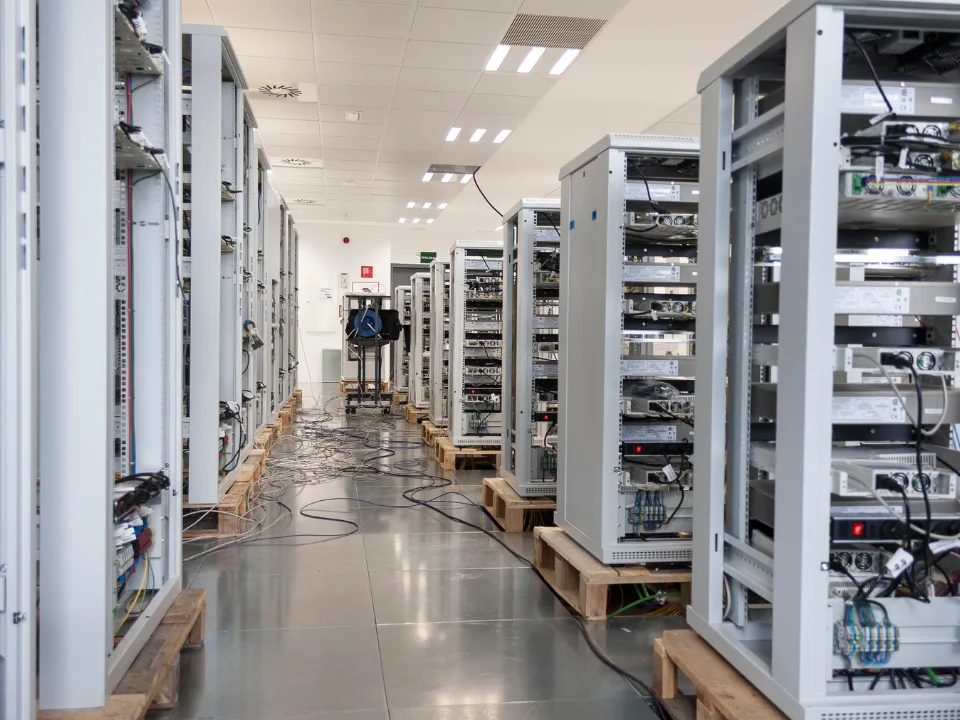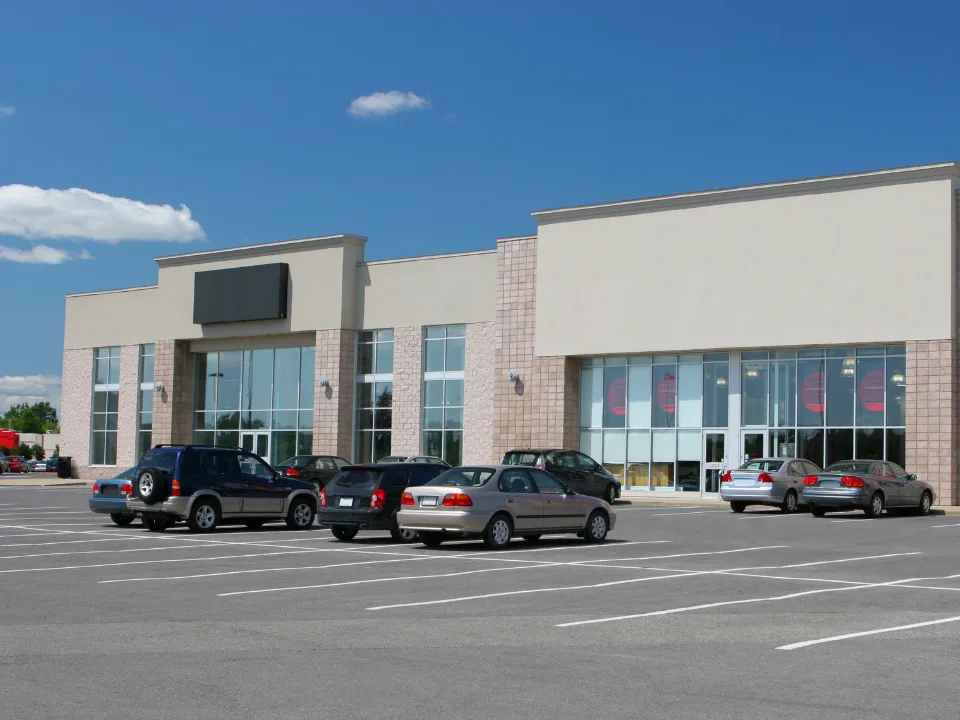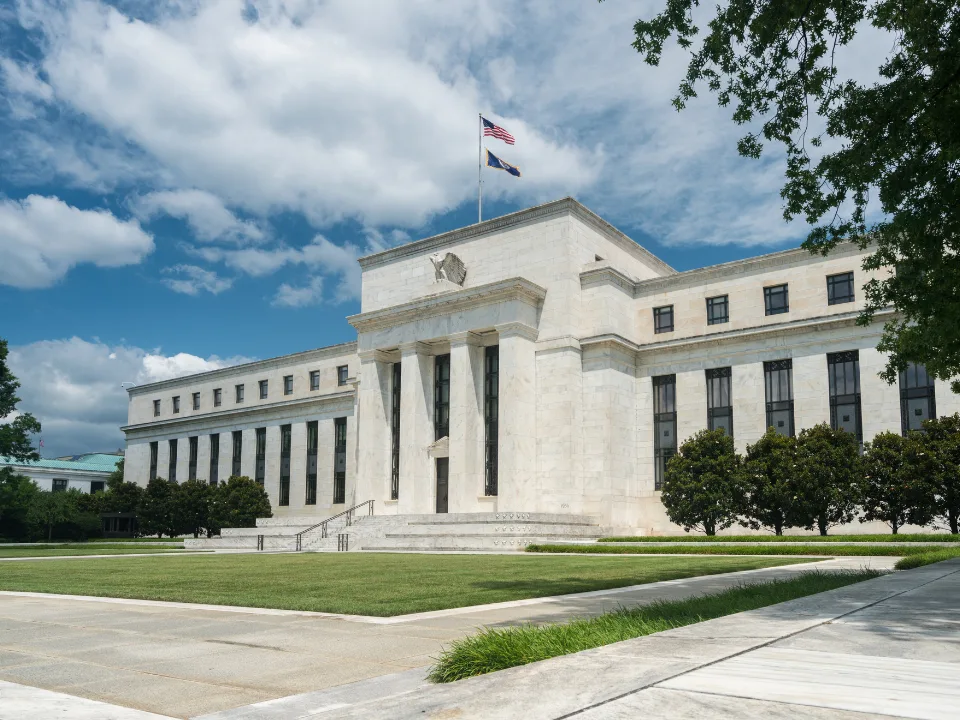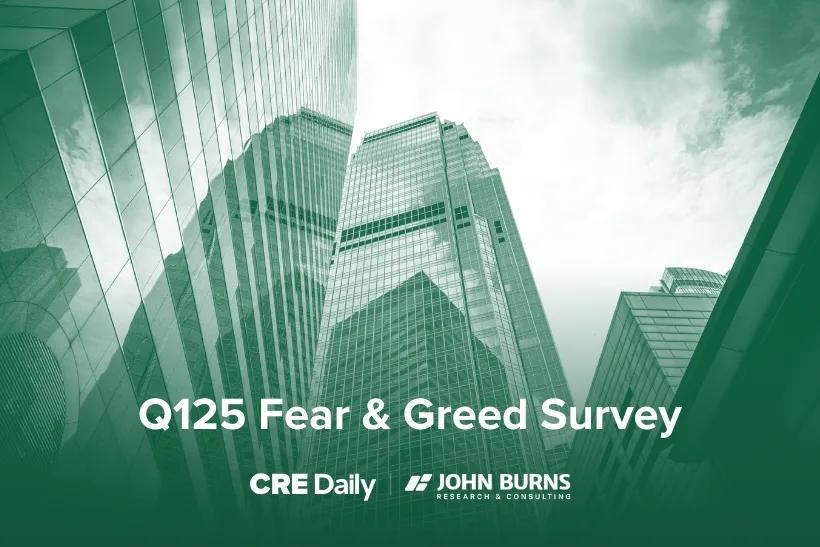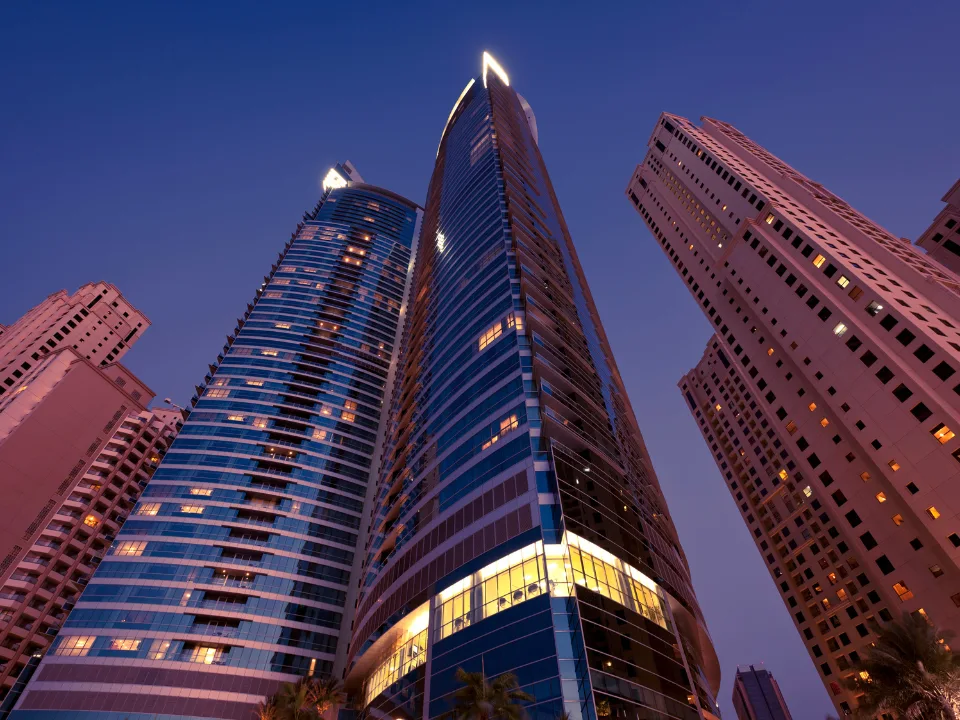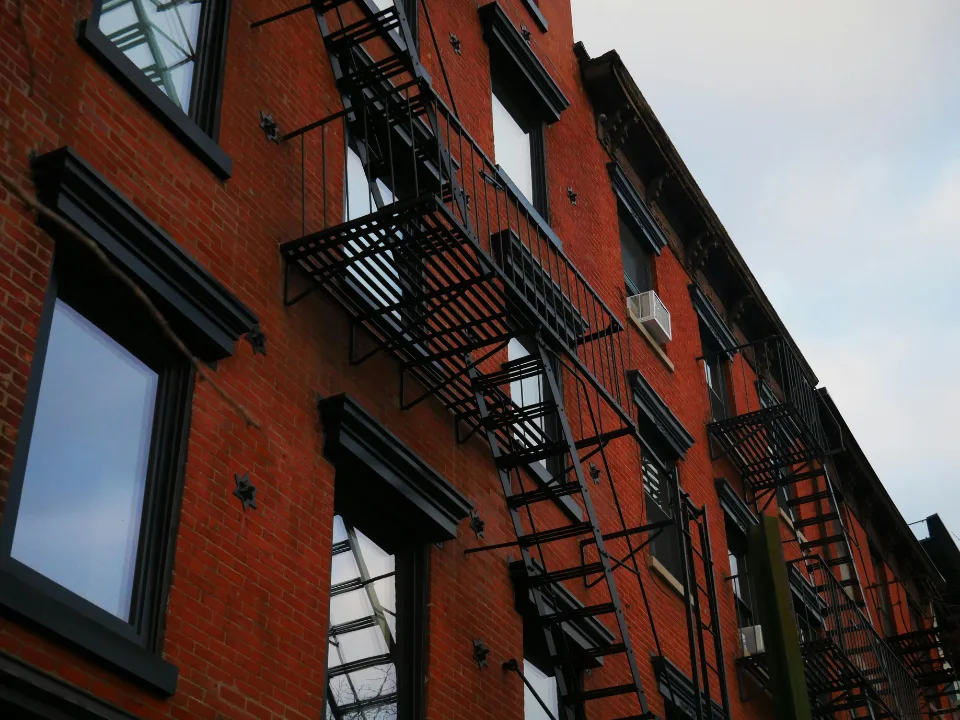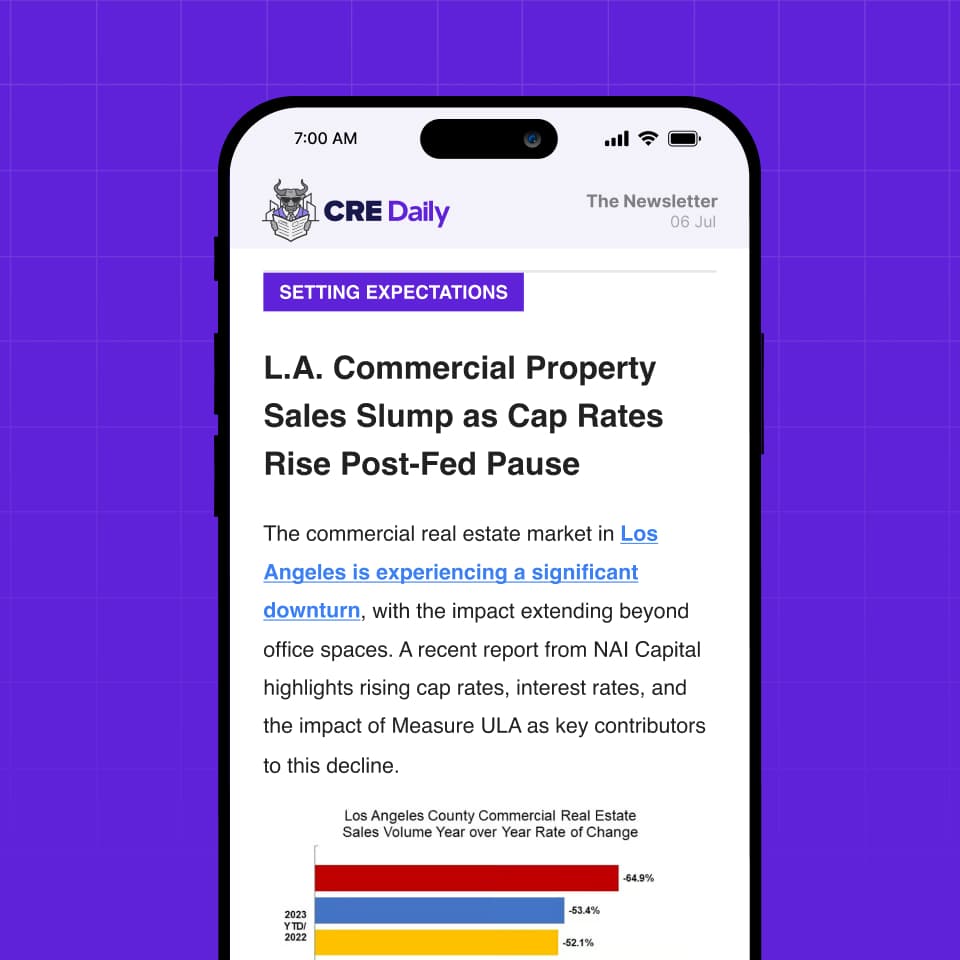- CRE capital markets are in a stronger position entering 2025, supported by rate cuts keeping long-term rates between 4% and 4.25%.
- Multifamily, industrial, self-storage, data centers, and grocery-anchored retail remain highly liquid asset classes attracting renewed financing interest.
- CBRE expects a moderate recovery in investment activity as bid-ask spreads narrow and capital deployment resumes.
The US commercial real estate market started 2025 in a much healthier operating environment than in 2024, with better capital market dynamics and stabilizing interest rates, as reported by GlobeSt.
Expert Opinions
James Millon, president of US Debt and Structured Finance at CBRE, attributes this positive shift to the Federal Reserve’s short-term rate-cutting cycle, which has helped long-term interest rates hover between 4% and 4.25%.
This rate environment has allowed for increased financial flexibility and improved market activity. “We’re in a better position to actually meet the market and have the creative leverage to unlock some disposition activities, which I expect to continue into 2025,” Millon explained.
Debt Market Details
In the debt capital markets, large commercial banks and US money center banks have returned with greater confidence, boosting financing activity and bilateral transactions. This resurgence has been particularly evident in liquid asset classes like:
- Multifamily
- Industrial
- Self-storage
- Data centers
- Grocery-anchored retail
However, banks have faced challenges due to limited loan payoffs, as high interest rates over the past two years discouraged refinancing and asset sales. Elevated rates led to “bloated balance sheets,” particularly in the office sector, which continues to struggle with structural challenges.
Get Smarter about what matters in CRE
Stay ahead of trends in commercial real estate with CRE Daily – the free newsletter delivering everything you need to start your day in just 5-minutes
Millon noted that despite these hurdles, significant progress has been made behind the scenes through restructuring, asset sales, loan modifications, and debt sales.
This cleanup has positioned banks to reenter the market, though smaller regional banks may need to pursue larger loan sales to further ease capital constraints.
Improving Investor Sentiment
Equity capital markets also show signs of positive momentum, with significant “dry powder” on the sidelines.
Millon highlighted that both lenders and investors are motivated to deploy capital despite the ongoing bid-ask spread. CBRE expects better pricing alignment as the year progresses.
“If you talk to investors or lenders, the motivation is there,” Millon said. “The dry powder that is sitting on the sideline is greater than at any time in history to come back into the market. What we’re not there on quite yet is the pricing.”
Looking Ahead
CBRE forecasts a moderate recovery in investment activity throughout 2025 as the debt and equity markets stabilize further and pricing expectations adjust.
With capital ready for deployment and a more manageable interest rate environment, CRE investment volumes are likely to pick up across key asset classes.
Continued balance sheet adjustments and the gradual resolution of legacy office sector challenges could lead to a stronger market rebound in the latter half of the year. stability supported demand for these mid-tier properties—particularly in markets with less aggressive development pipelines.
What’s Next for 2025
Looking ahead, the narrowing gap between supply and demand could set the stage for a more balanced market in 2025. Although supply deliveries are expected to stay high in the near term, the pace is expected to moderate, potentially easing vacancies.
If demand continues to hold steady, particularly for mid-tier and workforce housing, national rent growth may stabilize and even begin to climb again after the seasonal slump.
However, markets with substantial construction pipelines, such as those in the Sun Belt, could continue facing downward pressure on rents until absorption rates catch up.
